
views

Determine the audience of your manual. If you are writing an employee handbook, focus more on day-to-day workplace operations and general employee policies. If you are writing a document for management or a general policy statement, aim to be more thorough and exact than helpful.

Review all organizational policies. This includes policies regarding hiring, termination, compensation, promotions, dress code, complaint procedures, sick days, vacations, etc.
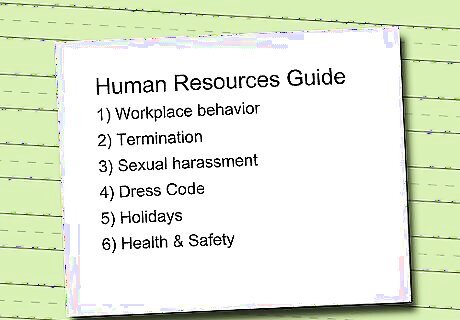
Begin your guide by dividing the document into several policy categories, for example "workplace behavior," "termination," "sexual harassment," etc.
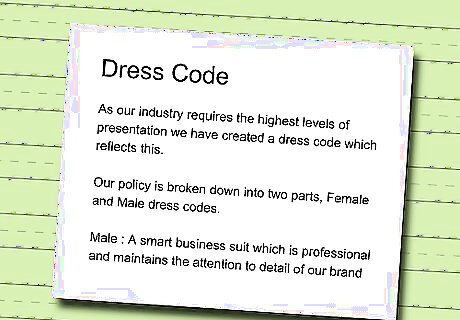
Write an organizational policy for each category. State the position of your organization regarding the given topic, the proper procedures for management and employees to take in each situation, and the reasons why.
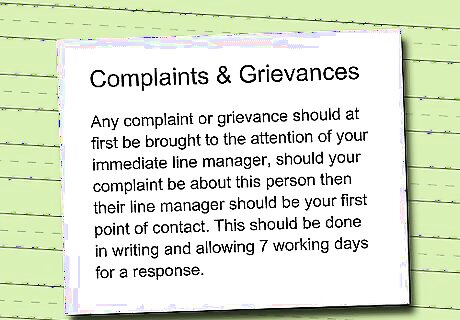
Include a section detailing important procedures. This includes procedures for dealing with complaints or grievances, outlining specific methods employees should use to express problems with the workplace or management, etc.
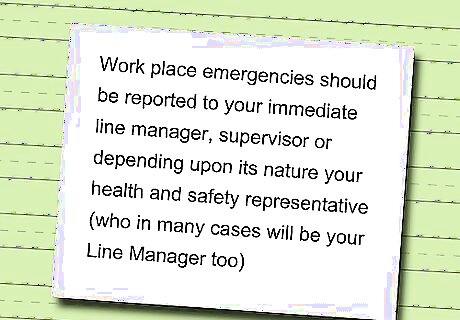
Include a section detailing policies for exceptional circumstances. Examples include workplace emergencies, family deaths, etc.
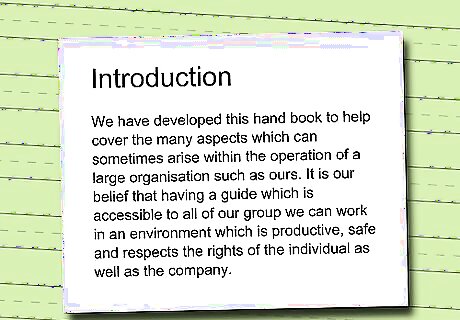
Add an introduction to your manual after you have already laid out all your policies. Describe your organization's approach to human resources in general and how the policies within the manual adhere to this philosophy.

Show a draft of your manual to any legal advisers and stakeholders in the organization. Solicit advice, corrections, and additions.

Edit your draft, publish a finished, dated version, and distribute.
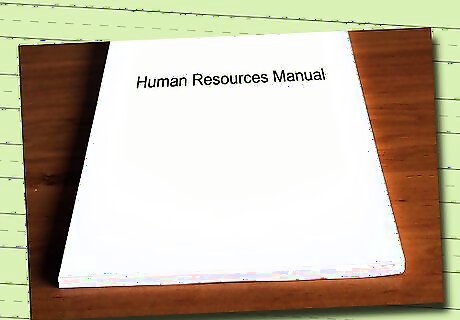
Continue to tweak your manual as new circumstances arise and you are faced with new problems.















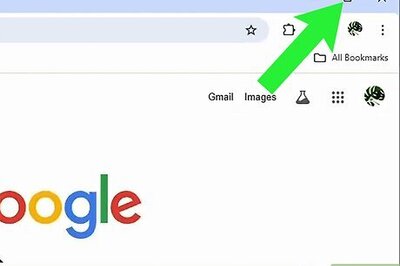



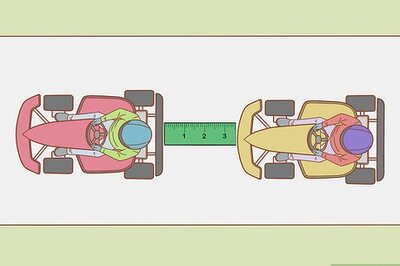
Comments
0 comment